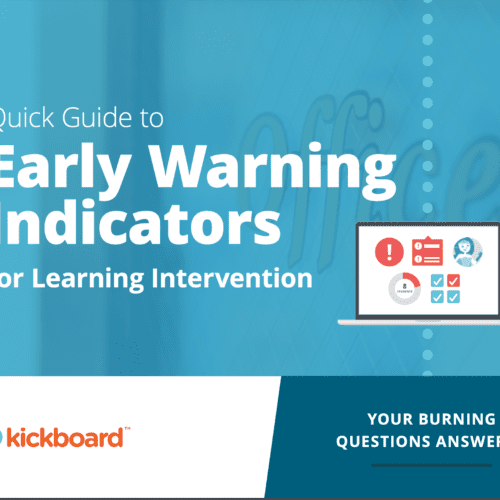 You probably remember the terms comma splice (also called a comma fault) and fused sentence (aka a run-on sentence) from some point in English class. For those of you who need a refresher, these terms refer to sentences in which two independent clauses have been improperly linked.
You probably remember the terms comma splice (also called a comma fault) and fused sentence (aka a run-on sentence) from some point in English class. For those of you who need a refresher, these terms refer to sentences in which two independent clauses have been improperly linked.
An independent clause is a group of words that contains a subject and verb and that express a complete thought. Independent clauses can stand alone as a sentence or form parts of a sentence. Look at the two examples below:
The project is behind schedule.
Our communications team has to work late.
Each of these two clauses express a complete thought, but you probably can see the flow of logic that would allow for them to be connected in one sentence. It’s a matter of connecting them properly.
Here’s Your Problem:
Fused Sentence
In a fused sentence, two independent clauses are simply thrown together in a sentence without any punctuation or appropriate connection. In such an instance, our two example clauses would look like this:
The project is behind schedule our communications team has to work late.
Comma Splice
When the two independent clauses are connected by only a comma, the sentence now has a comma splice as in the example below:
The project is behind schedule, our communications team has to work late.
Repair Options:
To fix a comma splice or fused sentence, use one of the three options below.
Use a Coordinating Conjunction + a Comma
When you use a comma to connect two independent clauses, it should be accompanied by one of the seven coordinating conjunctions (and, but, for, nor, yet, or, so). So the sentence should look like this:
The project is behind schedule, so our communications team has to work late.
or
The project is behind schedule, and our communications team has to work late.
Use a Semicolon
While a comma needs the support of coordinating conjunctions, a semicolon is considered strong enough mark to link two independent clauses all on its own. However, semicolons ramp up the drama of the sentence by a few degrees, so it is best to use them sparingly.
The project is behind schedule; our communications team has to work late.
Use a Period
Since comma splices and fused sentences contain two independent clauses, you can always add a period at the end of the first clause, insert a space, and begin the second clause with a capital letter. That is, break the sentence in two:
The project is behind schedule. Our communications team has to work late.
You can become more familiar with these types of flaws via these online quizzes for comma splices as well as run-on sentences. Even if you’re a seasoned professional, an occasional review keeps your skills sharp and makes spotting errors a quicker, easier process.







